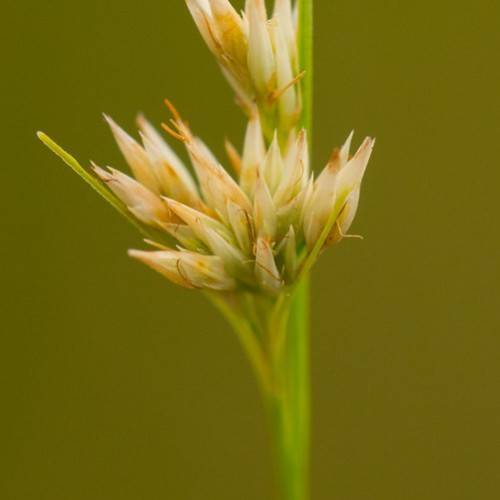
Quill Sedge
Carex echinodes
Watering:
Frequent
Hardiness Zone:
Sun:
full sun,part shade
Leaf:
Yes
Growth Rate:
Low
Drought Tolerant:
Yes
Salt Tolerant:
Yes
Care Level:
Medium
watering
Water your Sedge (Carex echinata subsp. echinata x) once every 1-2 weeks, giving the plant enough water to thoroughly moisten the soil but not so much that the soil becomes boggy or waterlogged. Aim to keep the soil evenly moist at all times. During dry periods, such as summer or in a heated room, it may be necessary to water more often. Check the soil by pushing your finger into the soil. If the soil feels dry, it is time to water.
sunlight
Sedge (Carex echinata subsp. echinata x) is a plant species that typically requires 4–6 hours of direct sunlight per day. It does best when in direct sunlight for the majority of the day, from early morning until late afternoon. If placed in shade for too long, this species may become leggy and might struggle to produce lush foliage. It is important to note that during extreme heat or with intense sunlight, it can be beneficial to provide some form of shading. This could be in the form of a sunshade, strategically placed trees or a nearby structure.
pruning
Sedge (Carex echinata subsp. echinata x) should be pruned during the spring before new growth begins. Pruning should focus on removing any dead or diseased foliage, including any stalks that have expired, as well as removing old seed heads. When pruning, the plant should be trimmed to retain its natural shape and height, while removing any overgrown or straggly fronds or stalks. To keep the plant’s size and shape in check, pruning should be done annually.
